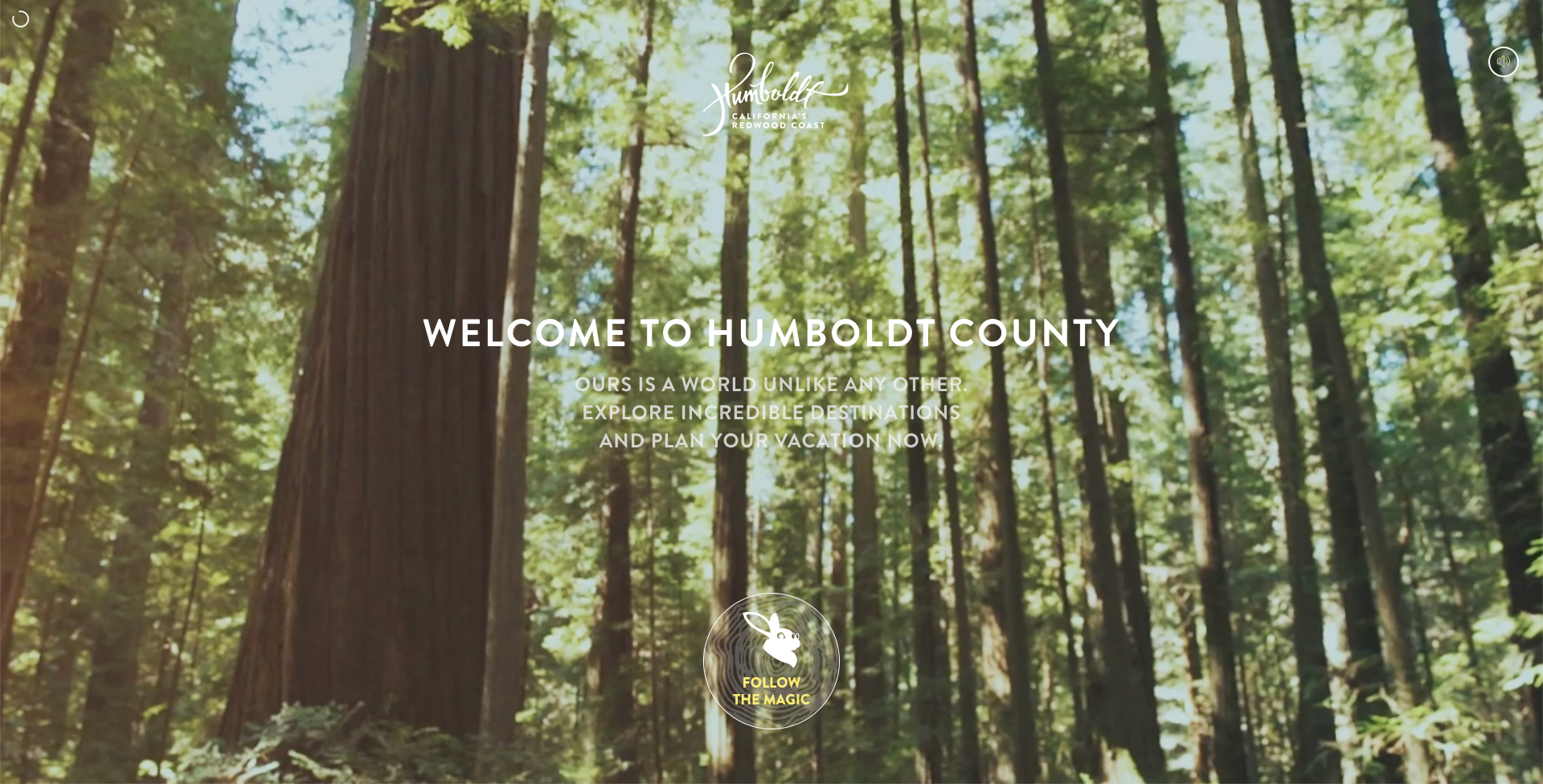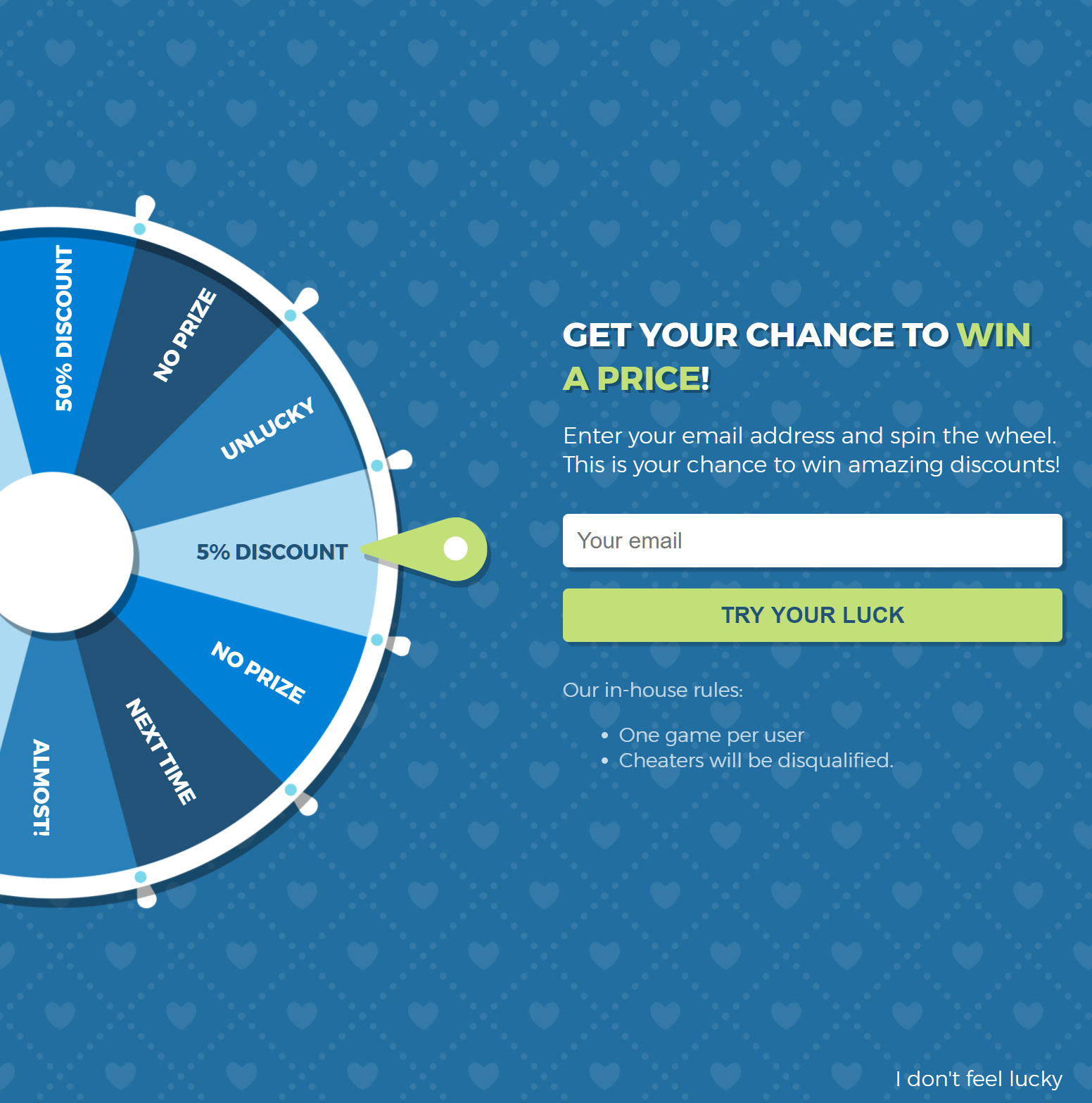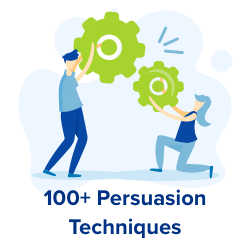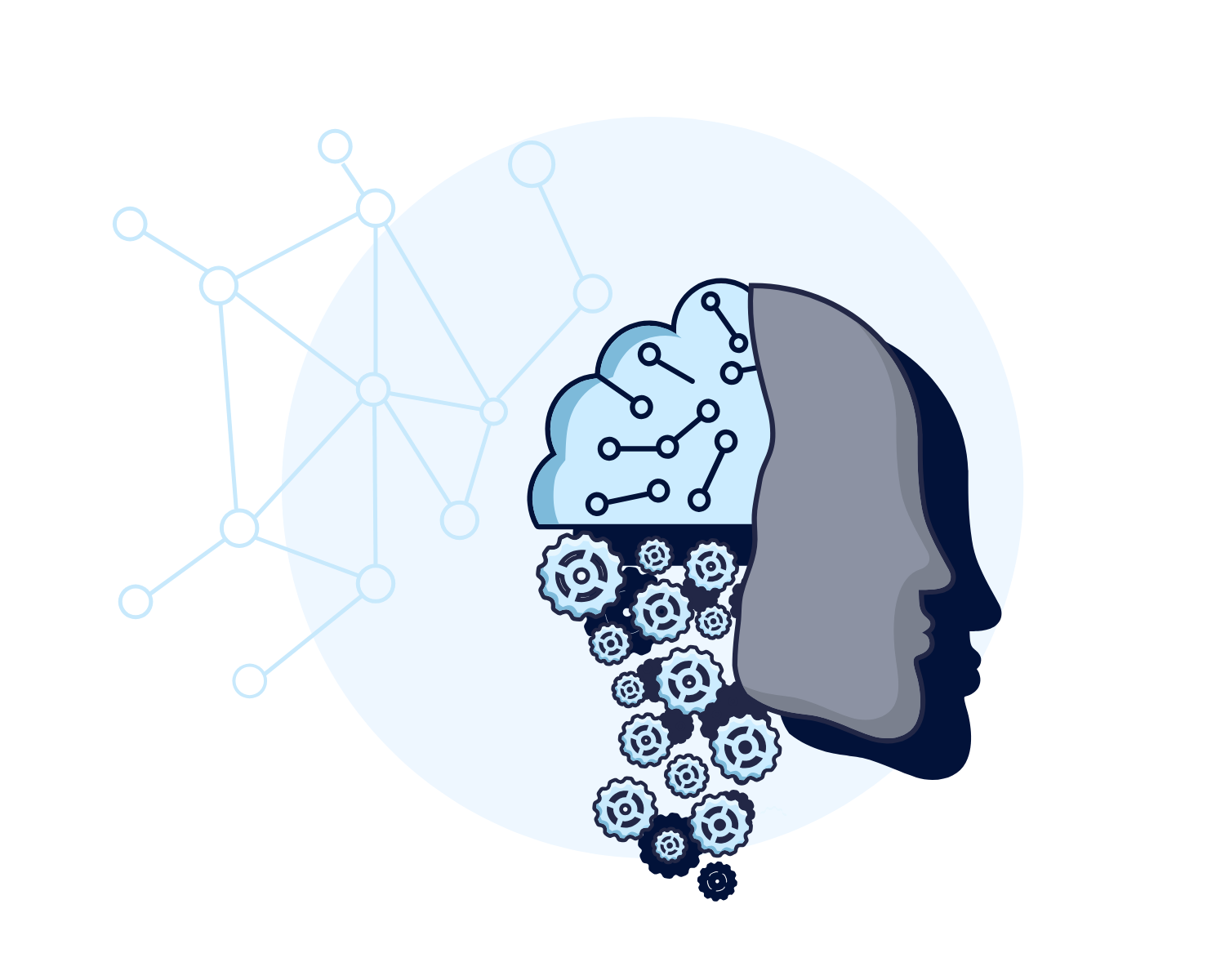4 Winning Tactics For Gamification Marketing
In a world dominated by brands and messaging, marketing heroes fight over a single prize: ATTENTION.
Gamification marketing uses story-telling and gameplay to engage consumers. Because games capture our attention in a way that commercial messages can’t, gamification can help you to WIN the attention war.

4 Winning Tactics For Gamification Marketing
What is Gamification Marketing?
4 Gamification Marketing Ideas To WIN The Attention War
The Truth and Games and Marketing
Building games into your website gives you a serious advantage. Play enhances user experience, increasing engagement and helping you to convert more visitors into customers. Because of this, gamification is a shortcut to higher revenues from your website.
What is Gamification?
Definition: Gamification uses game mechanics and rewards to make everyday experiences more fun.
The same principles can be applied to your marketing campaigns. Stories and playable features increase the impact that you have on consumers. Playability also changes the way your customers think. Psychologists have identified a distinct psychological state called “Gamefulness” associated with play-based interaction.

Everything You Need To Know About Game Mechanics
There is no definitive list of features that turn something into a game. However, most designers focus on the following elements:
- An “Epic Story”: A fictional setting where users take on a new identity and complete a narrative arc. This allows the game to meet fundamental psychological needs, such as the desire for self-determination. It also provides an incentive for someone to complete the game. In 1929, Bluma Zeigarnik published research showing that unresolved tasks cause feelings of anxiety. Because of the “Zeigarnik Effect”, an “Epic Story” can make a game more absorbing.
- Feedback: Feedback systems are signals that give a user’s actions consequences. The psychological impact of a reward or punishment is enhanced when the feedback is immediate, proportional and consistent. Behaviourism, a branch of psychology advocated by researchers such as John Watson, Burrhus Skinner and Ivan Pavlov, studies learning (including the formation of habits) in terms of stimuli and responses. Within game design, the combination of feedback and conditioning can make gameplay highly addictive.
- Points and Prizes: Most games use points as a way of measuring a player’s success. Research on the role of metaphors in human communication, notably that conducted by George Lakoff and John Lawler, shows that abstract concepts are more memorable and persuasive when given a physical form.
- Needs and Motivations: Most people have a similar set of emotional and psychological needs. Self-determination, the ability to anticipate events succesfully and social relatedness are motivations that guide most people’s lives. Games designs that appear to resolve these needs provide a strong sense of satisfaction.
Some Big Wins from The Archive
Gamification ranges from overt play (“hard gamification”) to deeply embedded (“soft”) gamification. Soft gamification, for example in app design or social media platforms, usually provides more long-term engagement. Hard gamification, such as with spin-to-win lead capture elements, provide larger short-term effects.
- The Magnum Pleasure Hunt (2011) In this marketing campaign, players worked their way through a trail of chocolate icons, hosted on the websites of affiliate brands (including Samsung). The trail led to a Magnum ice-cream. The game featured an “Epic Story” that mirrored the SuperMario Bros narrative arc (the main character was tasked with rescuing her prince).
- Verizon Wireless (2012) Verizon implemented a points and rewards system based on how users engaged with their website. By sharing, liking and viewing pages, users received points and were placed on a leaderboard. Around 50% of users engaged with the game environment and people who used Social Login spent 30% longer on the site.
- DuoLingo (2012) The product manager for DuoLingo has spoken publicly about the importance of gamification to the app’s success. It uses a task-based interface and a level-based achievement structure to make it more fun to learn a new language.
Gamification marketing can involve very subtle changes, such as making a CTA more playful or incorporating it into a website “story.”

More direct forms of gamification marketing can be used in circumstances where a soft engagement is required.

The design of this email-capture element, used by WordPress, is cleverly engineered to induce gamefulness. For example, the concepts of “luck” and “luckiness” (mentioned three times) circumvent the intrinsic Need For Certainty that people experience in their everyday lives. This is one aspect of gambling that makes it highly addictive. The feature has been arranged in such a way as to provide a variable and uncertain reward. By introducing chance into the equation, WordPress takes advantage of the Motivating Uncertainty effect.

4 Gamification Marketing Tactics To Help You WIN The Attention War
1. Create an Epic Story
A customer arrives, looks around for a bit and then leaves … where’s the fun in that?
No matter how many spin-to-win wheels, easter eggs or mystery boxes you use, gamification is more fun if it’s connected to a story. That’s why, from the moment someone arrives, they should be transformed into the hero of their very own “Epic Story.”
The story you create does not have to be fictional; it just has to highlight the start and end of the user-journey. By turning your visitor into a character whose narrative ends with the “buy” button, you can take advantage of the cognitive and emotional effects created by gameplay.
- You run a car rental service: is your customer scrolling through pictures of old cars or choosing the model that will get them through the chequered flag? As a matter of fact, why not turn the whole checkout page into a finish line?
2. Make Your CTAs Part of the Game
Once upon a time, CTA buttons were the hottest topic in the world of CRO. The reason they got so much attention was simple; making a small change to your website can have a big impact. Whilst changing the colour of an “add to cart” button may not be a reliable shortcut to more conversions, there are some rules that most designers follow. CTAs should be relevant, they should stand out and they should match their page’s messaging.
However, CTAs also offer a great opportunity for gamification marketing. The button used alongside the WordPress “spin-to-win” wheel is actually the trigger for the wheel. You can add sound, animated responses and visuals to your CTA buttons, turning them into a part of your page’s gameplay.
3. Build Your Feedback Economy
Whether you realise it or not, your website delivers feedback every time a visitor uses it. If you pay attention to the signals you are sending them, this feedback can be turned into a game.
- A visitor completes your sign-up form. They deserve some congratulations. “Great job!” you might tell them, as champagne foam soaks the page.
- A visitor visits your site twice in one week. Suddenly, a graphic announces that they have received +3 points. They didn’t even realise they were playing, and it looks like they’re already winning…
Engineering the feedback economy that your site creates does not have to involve points or leader-boards; sometimes it can be as simple as changing the colour of a form field from grey to green. Your customers have been exposed to a vast amount of visual media in which a conventional UX “language” has been established and reenforced. Because of this, visual signifiers have a significant emotional impact on your visitors. Just make sure it is immediate, proportionate and consistent.
4. Let Them Play
If you want to apply gamification to your site, there are certain activities that lend themselves naturally to play:
- Collecting Things: The psychological root of collecting is unclear. Freudian and cognitive interpretations of the behaviour have both been offered, without a consensus emerging as to the cause of it. However, collecting is a common feature of many games and is often used by supermarkets as part of their loyalty programmes.
- Building Things: The Ikea Effect describes the increase in perceived value that comes from building or designing something yourself. A number of websites offer “mass customisation” features that allow visitors to contribute to the design of their purchase.
- Solving Puzzles: Magnum’s trail of chocolate bonbons is an example of how puzzles can be used to gamify a marketing campaign. As the work of Harry Harlow and Edward Deci demonstrates, puzzle-solving is motivated by a strong intrinsic drive.
- Competing: Explicit competition, in the form of leader boards, is likely to have a negative effect on your visitors. However, by highlighting scarcity within your website, through notifications or dynamic text, will trigger a competitive response. Website notifications are an easy way to incorporate and enhance game elements within your site.

Gamification Marketing
It is important to bear in mind that there is a difference between long-term engagement and short-term interactions. One of the weaknesses of a marketing strategy built around hard gamification is that games are disposable. That’s why some of the most successful gamification campaigns have been associated with short-term promotions and consumable products.
However, gameplay provides a unique form of interaction that marketers can’t afford to ignore. In an industry that competes for consumer attention, new forms of communication are one way to access an increasingly scarce resource.




Thanks for valuable information. I was a seeking beneficial information on gamified eCommerce experiences for an academic activity and… today I find this great article of yours!
Glad you found it – and found it useful!